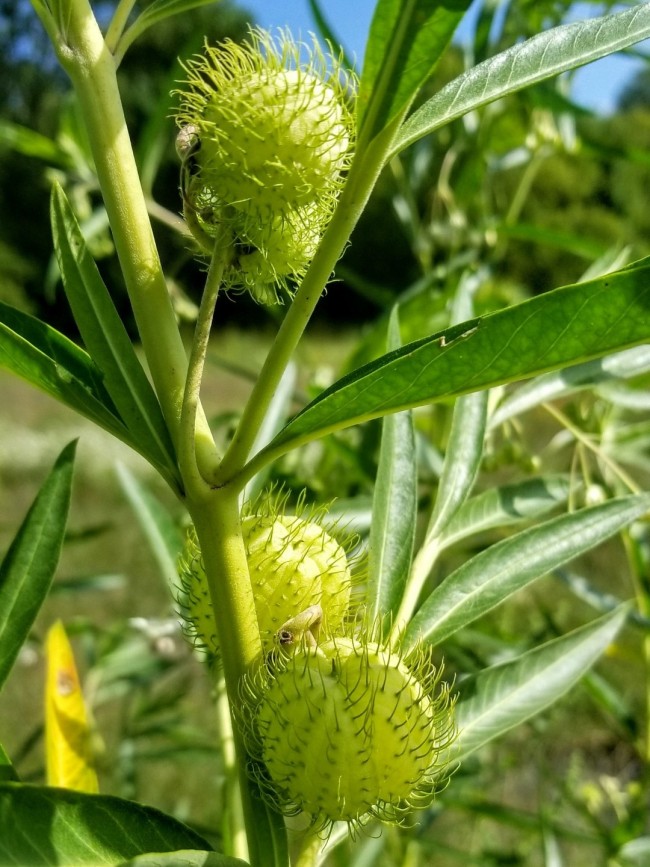
Balloon Plant AKA Hairy Balls Milkweed Seeds (Certified Organic) Garden Hoard Certified
Gomphocarpus physocarpus, commonly known as hairy balls, balloonplant, balloon cotton-bush, bishop's balls, nailhead, or swan plant, [2] is a species of plant in the family Apocynaceae, related to the milkweeds. The plant is native to southeast Africa, but it has been widely naturalized. It is often used as an ornamental plant. Description
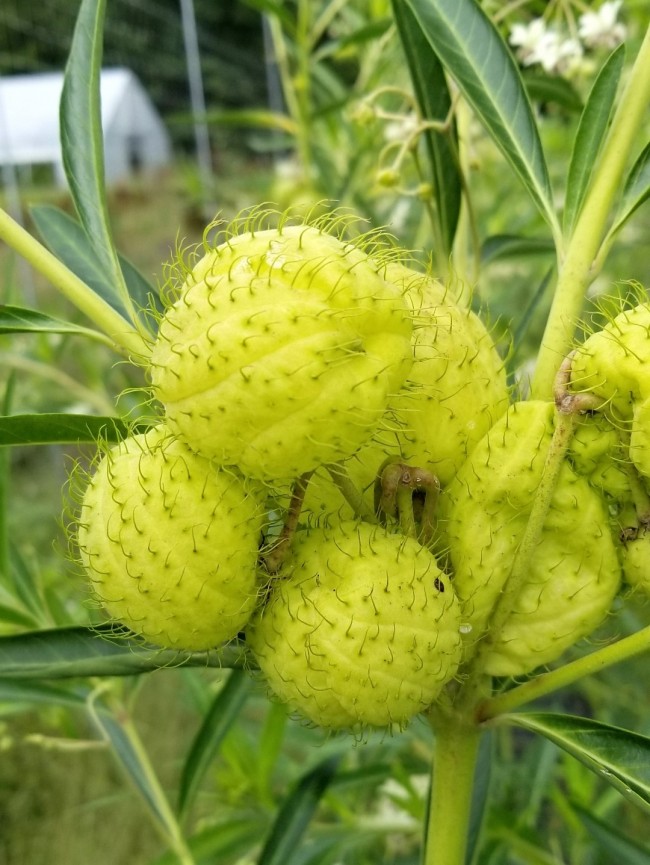
Balloon Plant AKA Hairy Balls Milkweed Seeds (Certified Organic) Garden Hoard Certified
Hairy Balls Nailhead, Swan Plant Previously known as: Asclepias physocarpa Phonetic Spelling gom-fo-KAR-pus fy-so-KAR-puh This plant has low severity poison characteristics. See below Description Ballon Plant is a shrubby herbaceous perennial that is native to South Africa in the milkweed or dogbane (Apocynaceae) family.

Hairy Balls Milkweed Gomphocarpus physocarpus Backyard Butterflies Milkweed, Hairy balls
A Milkweed family member, another common name is Balloon Plant. Native to South Africa, this plant is an invasive in tropical climates, but in my zone 6-7 area, winter cold keep it in check. Hairy Balls in full glory Here are some facts about this amazing plant: Fast growing annual Milkweed, hardy in zones 8-10
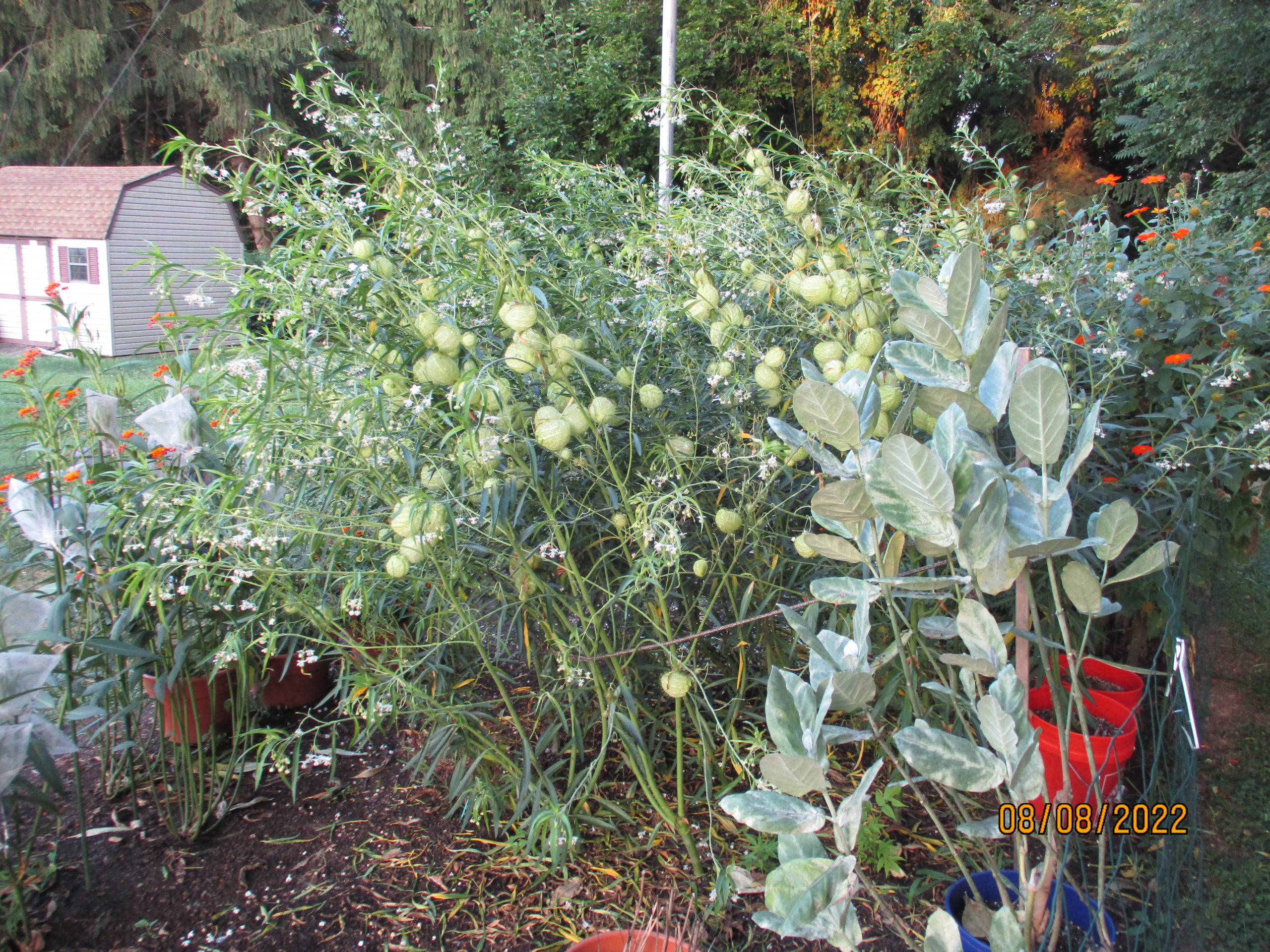
Hairy Balls/Balloon Milkweed Seeds, Gomphocarpus physocarpus Milkweed 4 Monarchs
A Milkweed family member, another common name is Balloon Plant. Native to South Africa, this plant is an invasive in tropical climates, but in my zone 6-7 area, winter cold keep it in check. Hairy Balls in full glory Here are some facts about this amazing plant: Fast growing annual Milkweed, hardy in zones 8-10

“Hairy Balls” A Different Kind of Milkweed The Garden Diaries
Gomphocarpus physocarpus 'Hairy Balls', commonly known as the Hairy Balls or Balloon Plant, is an intriguing and unique perennial plant that is sure to catch

Hairy Balls The Gardener's Flowers, Flower arrangements, Garden art
The genus name of this tall plant comes from Greek and means club ( gomphos) and fruit ( karpos ). The species is also Greek in origin, meaning bladder ( physo) and fruit ( karpos ). The plant is related to milkweed and attracts bees and wasps making it a good choice for growing near the veggie garden.
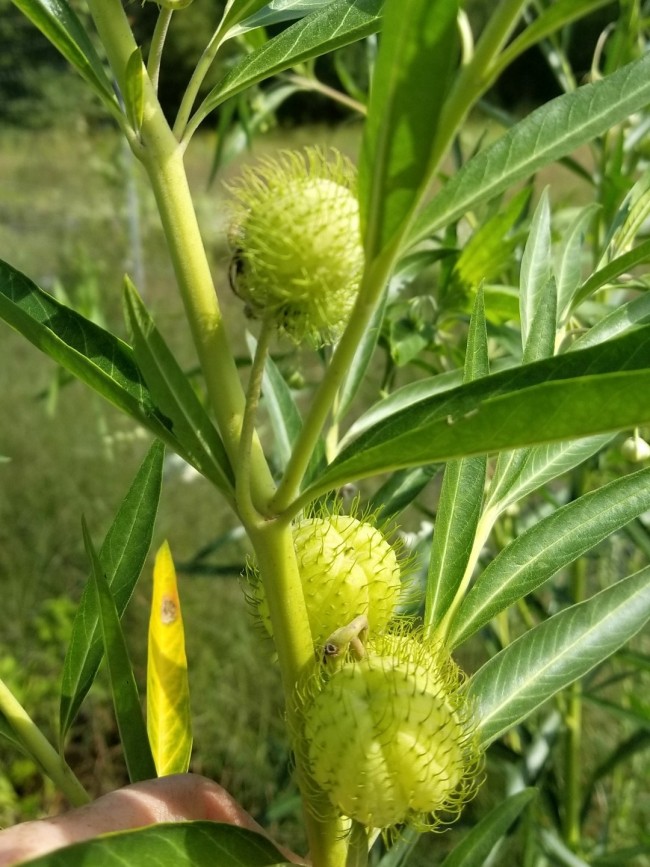
Balloon Plant AKA Hairy Balls Milkweed Seeds (Certified Organic) Annual Flowers Flowers
Home Flower Seed Vegetable and Herb Seed Blog Skip to product information This very unusual Milkweed goes by many common names- Hairy Balls Milkweed or Family Jewels Milkweed. This is a tropical milkweed from Africa that is hardy in zones 9-11. This plant is sometimes known as Balloon Plant or Swan Plant.
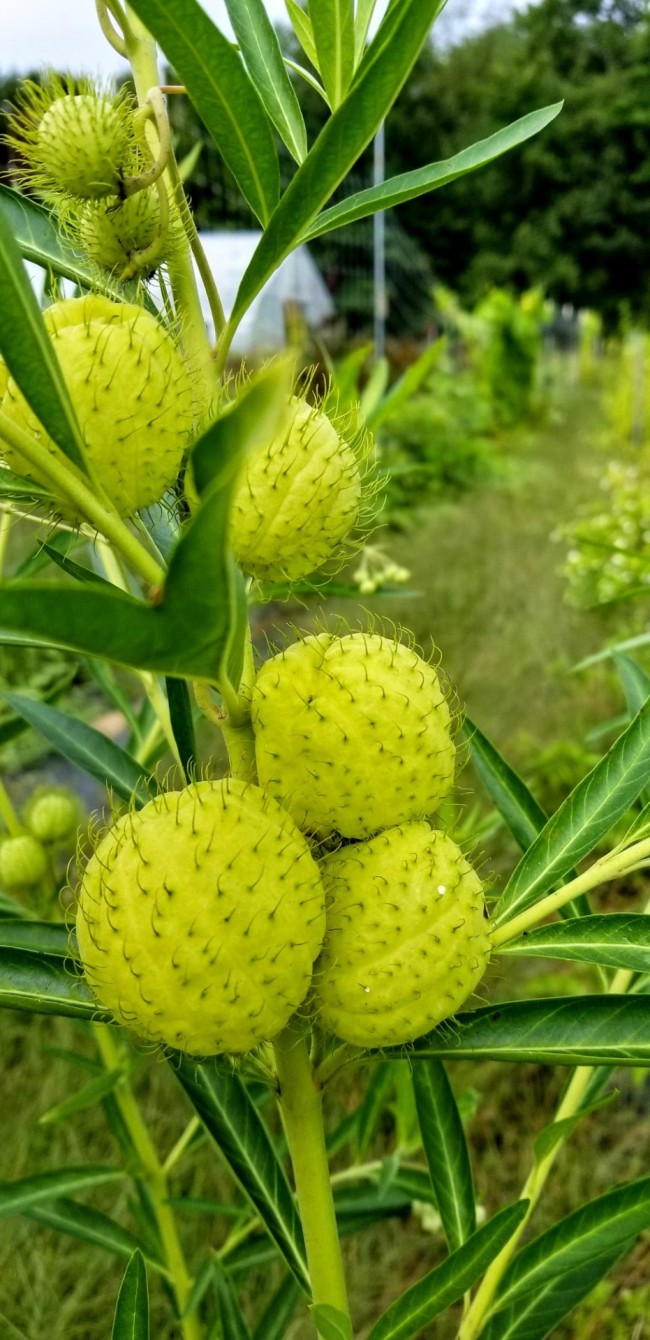
Balloon Plant AKA Hairy Balls Milkweed Seeds (Certified Organic) Garden Hoard Certified
Gomphocarpus Hairy Balls ( Gomphocarpus physocarpus) Common names Hairy Balls Giant Swan Milkweed Balloon Plant Milkweed Balloon Cotton Bush Botanical names Accepted: Gomphocarpus physocarpus Synonym: Asclepias physocarpa Synonym: Gomphocarpus semilunatus Photo Gallery Uploaded by csandt Uploaded by poisondartfrog Uploaded by sunkissed
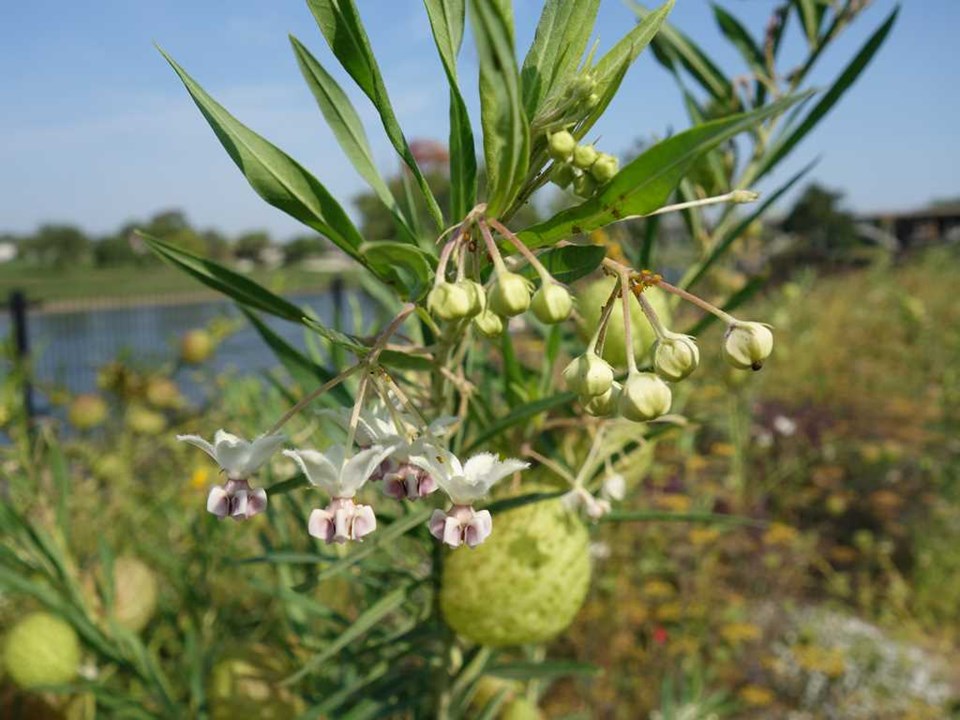
Gomphocarpus physocarpus, Hairy Balls Milkweed, 3.5" Pot Friends of the Arboretum Plant Sale
Balloon plant is an upright, herbaceous plant or soft shrub that can grow over 6 feet tall from the fibrous roots. The slender, single-stemmed trunk has multiple hollow, pale yellowish green branches. The smooth textured, light green, opposite leaves are 3-4 inches long. They are narrowly oblong to lanceolate.

Photo of the entire plant of Hairy Balls (Gomphocarpus physocarpus) posted by
Gomphocarpus physocarpus common names: Asclepias physocarpa is the former botanical name, Bishop's balls, Goose plant, Giant swan plant, Hairy balls, Family jewels, Oscar, Cotton-bush, Balloon cotton-bush, Balloon plant milkweed Gomphocarpus Physocarpus Plant Specs Perennial zone for USDA hardiness zones 8 and above (lows -12.2 °C or 10 °F)

Hairy Balls (Gomphocarpus physocarpus)
Common Name: Hairy Balls, Balloon Plant, Giant Swan Milkweed Latin Name: Gomphocarpus physocarpus Bloom time: June hrough August Sun: Full sun to part shade Water: Drought tolerant Height: 3-8 feet Spread: 3-4 feet Native: No Host Plant: Monarch Nectar Plant: Attracts a variety of pollinators Colors & Cultivars: White flowers
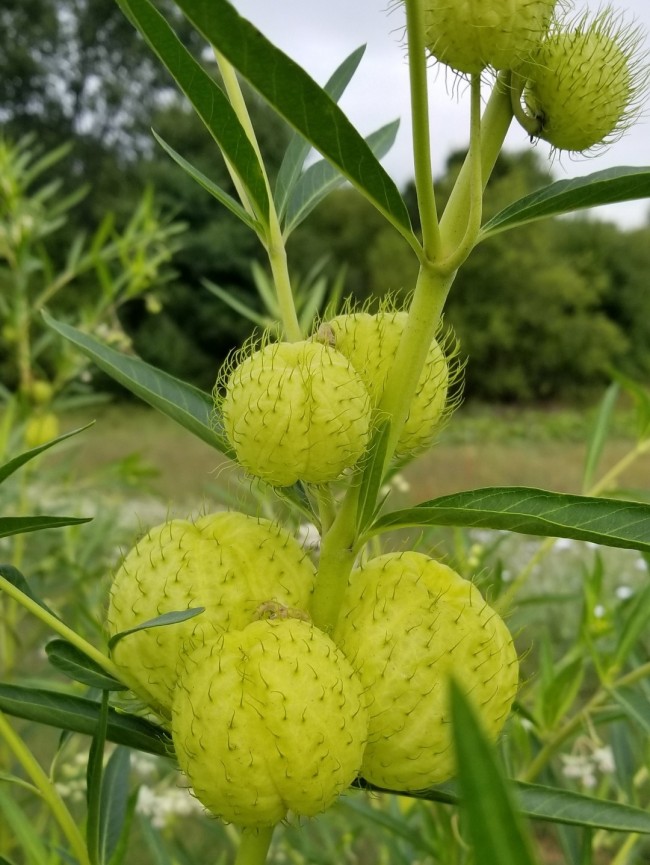
Balloon Plant AKA Hairy Balls Milkweed Seeds (Certified Organic) Annual Flowers Flowers
Description Balloon Plant Milkweed (asclepias physocarpa) - Also called Family Jewels Milkweed, Hairy Balls Milkweed, Giant Swan Milkweed. Unusual plant forms large rounded seed pods as the name suggests. Like other milkweeds, this is an important nectar and host plant for the monarch butterfly.

PlantFiles Pictures Gomphocarpus Species, Balloonplant, CottonBush, Hairy Balls, Giant Swan
$ 10.00 Asclepias physocarpa (Gomphocarpus physocarpus) is a unique milkweed and favorite with Monarch Butterflies as a milkweed host. It is grown as an annual throughout the United States except in USDA Zones 8-10. This milkweed is commonly known as Hairy Balls, Swan plant, Balloon plant, Oscar milkweed, and Family Jewels.
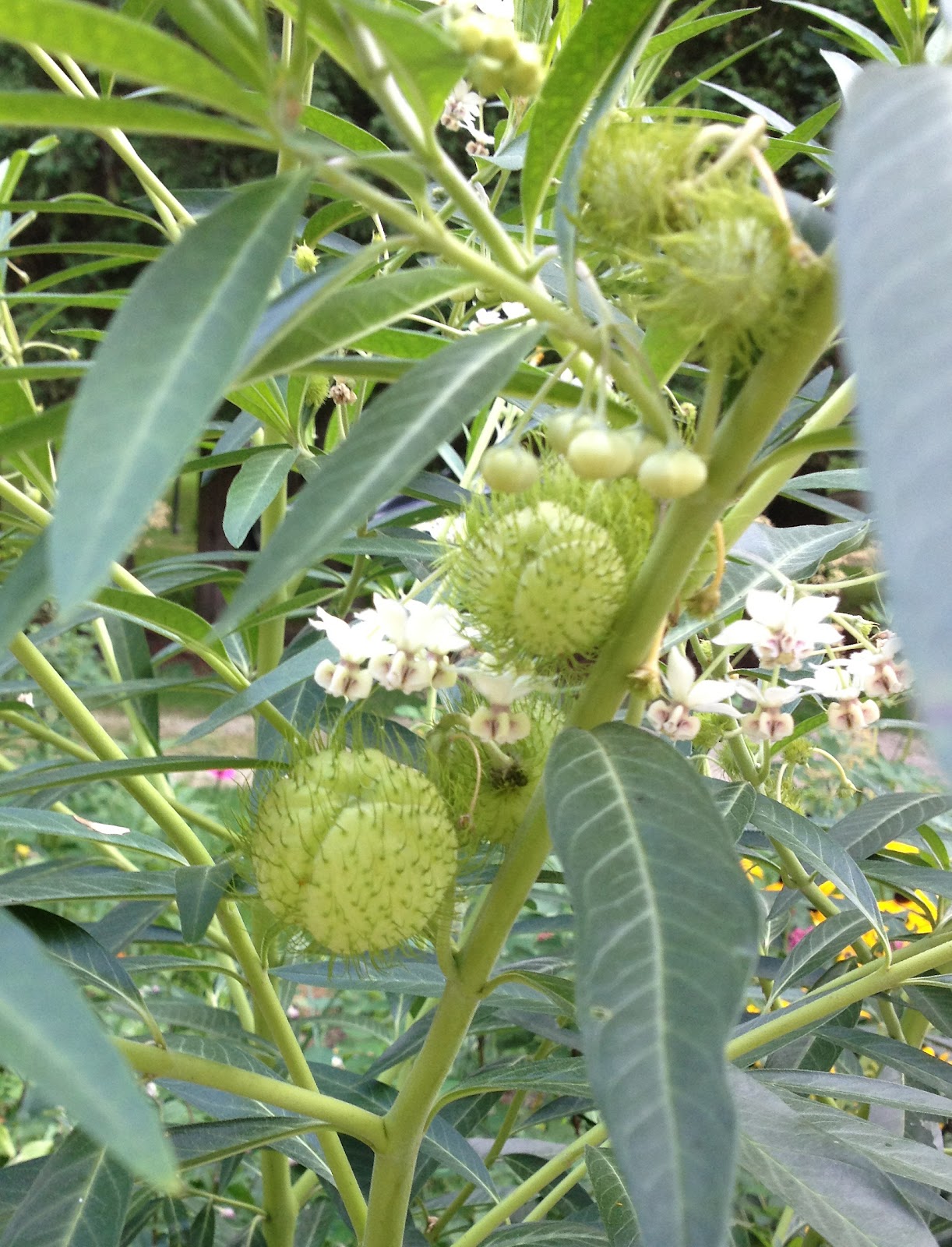
Asclepias Verticillata Whorled Milkweed
Hairy balls is an attractive milkweed and host plant for monarch butterflies. It certainly is a unique plant that deserves a place in the garden. They keep their shape and color for several weeks and make a unique addition to wreaths or arrangements. Quick Facts and Keys to Success

Hairy Balls Milkweed Seed, Gomphocarus physocarpus, Swan Plant or Family Jewels Milkweed Seeds
Join our friendly community that shares tips and ideas for gardens, along with seeds and plants. Check out the largest plant identification database in the world. Read plant and insect reference guides at Daves Garden.. Balloonplant, Cotton-Bush, Hairy Balls, Giant Swan Milkweed. Gomphocarpus physocarpus. Upload Image Print Version.
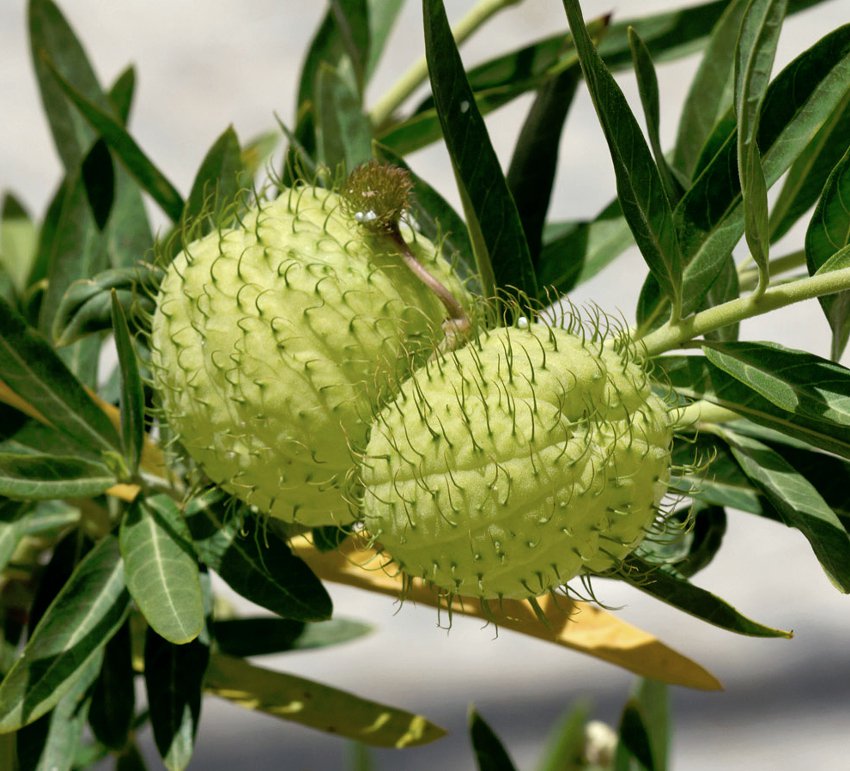
20 Hairy Balls Balloon Milkweed Gomphocarpus Seeds
Gomphocarpus physocarpus a member of the Milkweed family that has many common names including Hairy Balls, Giant Swan Plant, Goose Plant, Family Jewels, Osca.